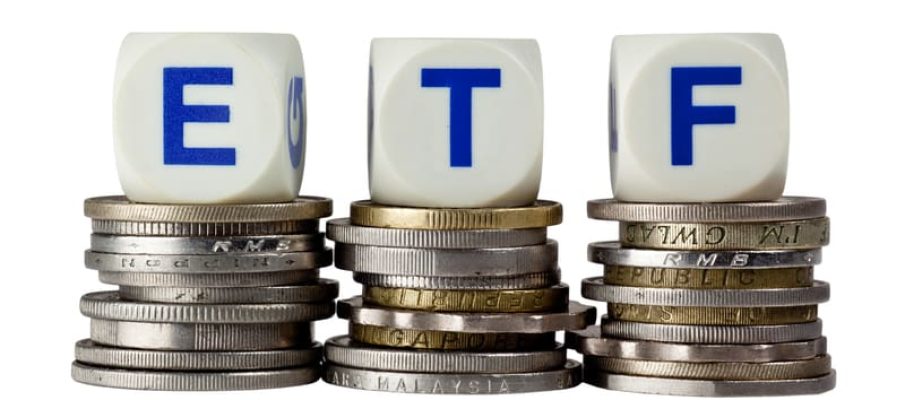In a previous post, I discussed what a mutual fund is.
Today’s post describes another financial instrument, the ETF. ETF stands for Exchange Traded Fund. An ETF is very much like an index mutual fund, the kind of fund that buys into a market index rather than actively trying to outperform the market.
There is one very important difference, however. A mutual fund cannot be bought and sold on the fly in the way a stock can. With a mutual fund, you put in your order, and the trade is executed at the end of the next trading day. Many mutual funds have other ways of discouraging investors from behaving like traders.
With an ETF, you can behave like a trader. You buy and sell your ETFs just like stocks. For example, in the middle of the day, you hear some bad news and you learn that financial markets have dipped because of the news. You believe that the dip is only very temporary, and you speculate that the markets will return to normal after the dust has settled. You can buy in the morning and sell in the afternoon. Commissions tend to be low, and the internal costs of running an ETF tend to be low as well.
Some people avoid ETFs because they prefer the restricted world of the more boring mutual funds. Perhaps the biggest mistake investors make is to begin to speculate rather than invest. The flexibility of an ETF encourages people to speculate, and some think that’s a flaw.







